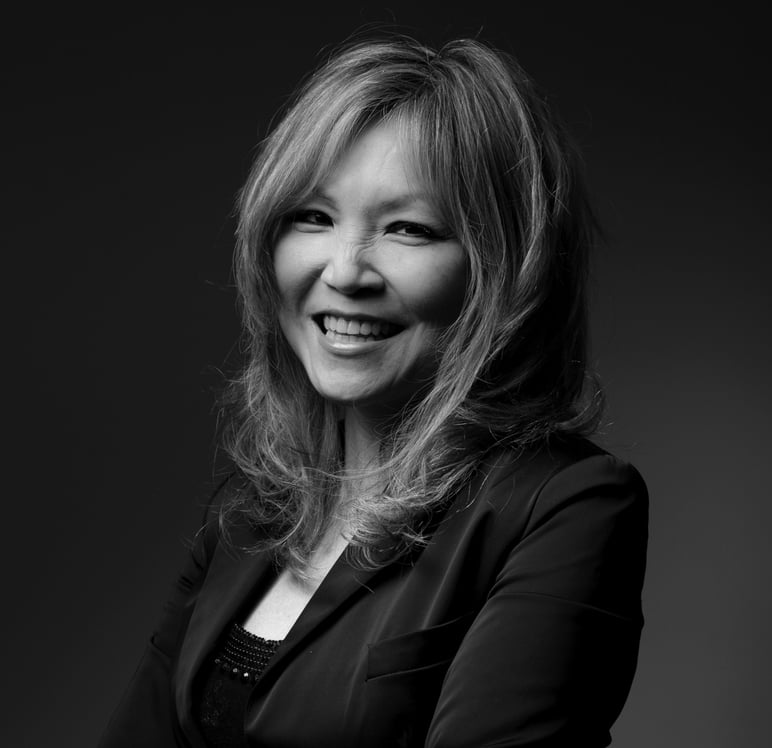
What drew three women to bear Elon Musk children besides his wealth? Women’s reproductive priorities explained
- Billionaire Elon Musk has had nine children with three women, claiming it will help repopulate the world – but how and why do women pick reproductive partners?
- Wealth can play a factor (Musk is the world’s richest man), but it’s not the only thing women look for – there are things like intelligence and stability, too
Tesla founder Elon Musk – the world’s richest man – has nine children with three women, part of his bid to rescue our planet from an impending “population collapse”. He has suggested others should also do their bit for the human race, as the effects of our dwindling population will be felt in less than 20 years’ time.
In this column, we are not going to debate the billionaire’s controversial claim. Instead, we will examine how women choose reproductive partners. Aside from Musk’s obvious wealth, we should not overlook the fact that there are many other determinants in choosing a mate.
Sonia Samtani, a clinical hypnotherapist, life coach, and relationship and wellness coach, says our choices are influenced by unconscious patterns. This means we can break these patterns, should we wish to.
“The unconscious programming causes us to make choices that are familiar to us. A common example is women choosing partners with traits reminiscent of their father, be it their generosity or temperament.”

“Even though women are not dependent on men, subconscious patterns may still prevail. There is a deeply ingrained association of a ‘man’ needing to be the provider, which still affects many heterosexual women,” Samtani says.
Are you ‘hesidating’? Why there’s a new type of dater we should be wary of
If a woman has grown up with a dysfunctional family structure, they may look for the opposite to how they’ve been brought up, which is why so many people from unstable backgrounds look for stability.
“When we are deprived of something, we unconsciously pick partners that ‘make up’ for our flaws, which is why opposites attract,” she says.
The concept of “opposites attract” applies in many more ways. For example, introverted individuals seek out an extroverted partner (and vice versa).

When it comes to men, Samtani says they are less selective than women, as they can biologically parent more children in a lifetime. This biological impulse can have an impact on their sexual behaviours and subconscious selection of a reproductive partner.
“Many studies show that men think about sex more often and their focus is geared towards ‘spreading their seed’ and gaining more sexual partners. This means their subconscious selection criteria can veer them towards women who are more sexually attractive.”

In many Asian families, the first male often feels pressured to produce an heir to continue the family legacy. This causes them to pursue a woman who is younger (i.e., more fertile) so that they can start a family and ensure their lineage remains intact.
“A man looking to have children is more likely to look at the age of their partner than a woman would,” says Samtani.
On the question of whether it is acceptable to have a relationship mainly based on the goal of having children rather than a long-lasting romance, Samtani offers some insights.

“When parents get together only for the sake of children, it can have damaging effects on all parties and makes parents position the child as the glue binding them together. In turn, this puts pressure on a child to be the mediator and take on a responsibility that is beyond them.”
In these cases, it is not uncommon for parents to keep bringing the child into their issues with their partner; there is not much of a relationship without the child’s presence.

Samtani explains that children who become the “glue” in such a relationship may find it hard to become independent of their parents and have their own needs in the future. As a result, they tend to remain emotionally entangled with the family and the family’s issues.
If partners are struggling to reconnect, then they both need to dedicate time to creating “space” for nurturing their emotional connection. This means creating boundaries for quality family time and for your partner, she says.
Luisa Tam is a Post correspondent who also hosts video tutorials on Cantonese language that are now part of Cathay Pacific’s in-flight entertainment programme

